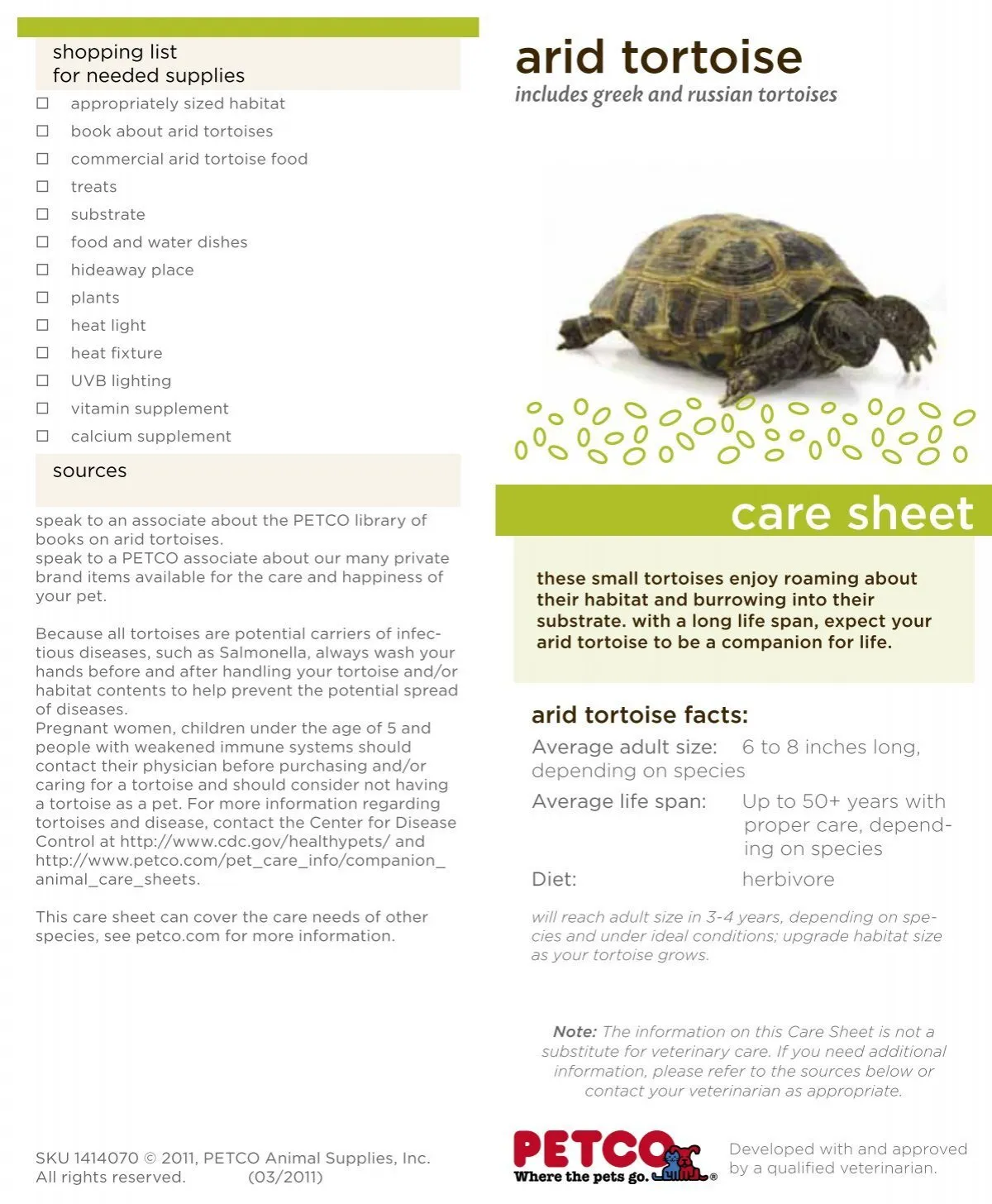Understanding Tarantulas The Basics
Tarantulas are fascinating creatures that have become increasingly popular as pets. These large, hairy spiders are relatively low-maintenance and can be captivating to observe. However, successful tarantula ownership requires a good understanding of their needs. This care sheet will provide you with comprehensive information on how to care for a tarantula, ensuring a thriving and happy pet. Before bringing a tarantula home, it’s important to research the specific species you’re interested in, as their care requirements can vary. Also, learn about their natural habitat and behavior to replicate their needs in captivity. Understanding the basics of tarantula biology, including their lifespan, growth, and molting process, will help you provide the best possible care and enjoy your pet for years to come.
Choosing the Right Tarantula Species
Selecting the right tarantula species is a crucial first step. Different species have varying temperaments, care requirements, and sizes. Some are more docile and easier to handle, making them suitable for beginners, while others may be more defensive or require specialized environments. Popular beginner-friendly species often include the Chilean Rose Hair tarantula (Grammostola rosea), the Arizona Blonde tarantula (Aphonopelma chalcodes), and the Pinktoe tarantula (Avicularia avicularia). These species are generally known for their relatively calm dispositions and ease of care. Research the adult size, lifespan, and specific needs of any tarantula species before purchasing. Consider factors like your experience level, the space you have available, and your willingness to provide a specific environment. It is best to buy from reputable breeders or pet stores like Petco that can provide healthy specimens and accurate care information.
Petco Tarantulas Availability and Selection
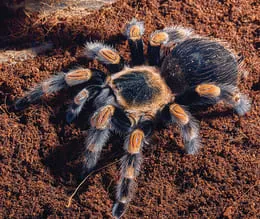
Petco is a popular destination for those looking to purchase a tarantula. The availability of tarantula species at Petco can vary depending on the location and time of year. Petco typically offers a selection of common and beginner-friendly species. Check the store’s website or call your local Petco to inquire about current tarantula availability and the species they have in stock. When choosing a tarantula at Petco, carefully inspect the spider for signs of health. Look for a tarantula that is active, alert, and has a plump abdomen. Avoid spiders that appear lethargic, have a shrunken abdomen (indicating dehydration), or show signs of parasites or injuries. Ask the staff about the tarantula’s feeding history and any specific care requirements. Petco staff can often provide essential information on the species and their basic care needs. Don’t hesitate to ask any questions about the tarantula’s history or what it needs.
Creating the Perfect Tarantula Habitat
Creating a suitable habitat is critical for your tarantula’s health and well-being. The enclosure should mimic the tarantula’s natural environment, providing shelter, security, and the right conditions for survival. A properly set up habitat minimizes stress and promotes healthy behavior. The choice of enclosure, substrate, and décor play crucial roles in replicating the tarantula’s natural habitat. The following sections provide details on how to set up the perfect home for your tarantula.
Enclosure Size and Type
The enclosure’s size is crucial for tarantula welfare. The size should be based on the adult size of your tarantula, giving it enough space to move around and feel secure. Generally, terrestrial tarantulas require more floor space than arboreal species. A good guideline is to provide a space that is at least twice the tarantula’s leg span in width and length. For juvenile tarantulas, a smaller enclosure is ideal to help them feel secure. As the tarantula grows, it should be moved to a larger enclosure. The type of enclosure also matters. Glass or acrylic terrariums with secure lids are ideal. Make sure that the enclosure allows for proper ventilation to prevent the buildup of humidity, which can lead to mold growth. Avoid enclosures with large gaps or openings through which the tarantula could escape. The lid must be secure enough that your tarantula will not be able to open it.
Substrate Selection for Tarantulas
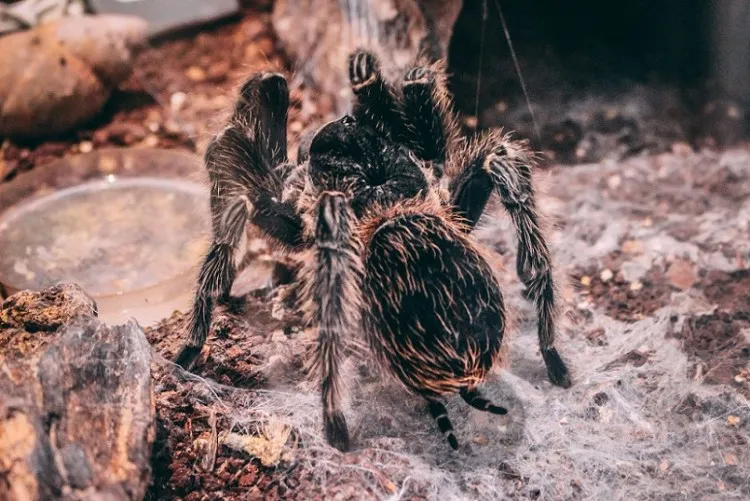
The substrate is the material that lines the bottom of the enclosure, providing a natural surface for the tarantula to walk on and burrow in. The substrate also helps to maintain humidity levels. The best substrate choices depend on the species of tarantula. For most terrestrial species, a mix of coconut fiber (coir), peat moss, and a little bit of vermiculite is recommended. This mix holds moisture well and allows the tarantula to burrow and create tunnels. Arboreal species might need a substrate that holds less moisture but allows for climbing, such as sphagnum moss or a combination of coconut fiber and reptile-safe bark chips. Avoid substrates that are dusty or can harbor mites, and be sure to replace the substrate periodically to prevent the growth of mold and bacteria.
Providing Essential Decorations and Hides
Decorations add visual interest to the enclosure and provide the tarantula with security. Tarantulas are often shy creatures and need places to hide to feel safe. A hide, such as a piece of cork bark, a hollow log, or a commercially available hide, is essential. Place the hide in a corner or against a side of the enclosure. You can also add other decorations like artificial plants, branches, or rocks. However, avoid sharp or abrasive decorations that could injure your tarantula. Make sure that all decorations are secure and won’t fall on the tarantula. Provide a shallow water dish with clean water. The water dish should be easily accessible and shallow enough to prevent the tarantula from drowning. Regularly clean the water dish and replace the water to prevent bacterial growth.
Maintaining Optimal Temperature and Humidity
Tarantulas are ectothermic, meaning they rely on external sources to regulate their body temperature. The temperature and humidity levels in the enclosure are crucial for the tarantula’s health and well-being. The appropriate temperature range will vary depending on the species. Most tarantulas thrive in temperatures between 75-85°F (24-29°C). Use a heat mat or a ceramic heat emitter to maintain the appropriate temperature. Place the heat source on the side or back of the enclosure, and always monitor the temperature with a thermometer. High temperatures can be lethal, so avoid direct sunlight. Humidity levels also must be appropriate for the specific species. Use a hygrometer to measure humidity levels. You can increase humidity by misting the enclosure with water, especially during the molting process. Be careful not to over-saturate the substrate, which can lead to mold and bacterial growth. Provide good ventilation to prevent stagnant air and promote healthy conditions.
Feeding Your Tarantula A Comprehensive Guide
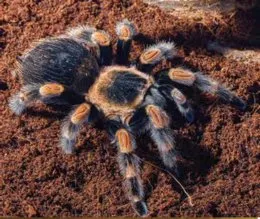
Feeding your tarantula correctly is crucial for its health and growth. Tarantulas are opportunistic predators, and their diet consists primarily of insects. The following section provides information on what to feed your tarantula, feeding frequency, and portion sizes.
What to Feed Your Tarantula
The diet of your tarantula should primarily consist of live insects. Crickets, mealworms, roaches, and other commercially available insects are suitable choices. The size of the insects should be appropriate for the size of your tarantula. As a general rule, the prey should be no larger than the tarantula’s abdomen. Ensure the insects are gut-loaded before feeding them to your tarantula, which means feeding the insects a nutritious diet to provide your tarantula with essential vitamins and minerals. Remove any uneaten insects after 24 hours, as they can stress the tarantula or even attack it during molting.
Feeding Frequency and Portion Sizes
The feeding frequency will depend on the age and size of your tarantula. Spiderlings should be fed more frequently, typically every other day or every day, while adult tarantulas can be fed less often. Juvenile tarantulas can be fed once or twice a week, and adults can be fed every one to two weeks. Observe your tarantula’s abdomen to gauge its feeding needs. A well-fed tarantula will have a plump abdomen. If the abdomen is too large, reduce the feeding frequency. If the abdomen looks shrunken, increase the feeding frequency. Always provide fresh water, even if you feed your tarantula less often.
Watering Your Tarantula Proper Hydration
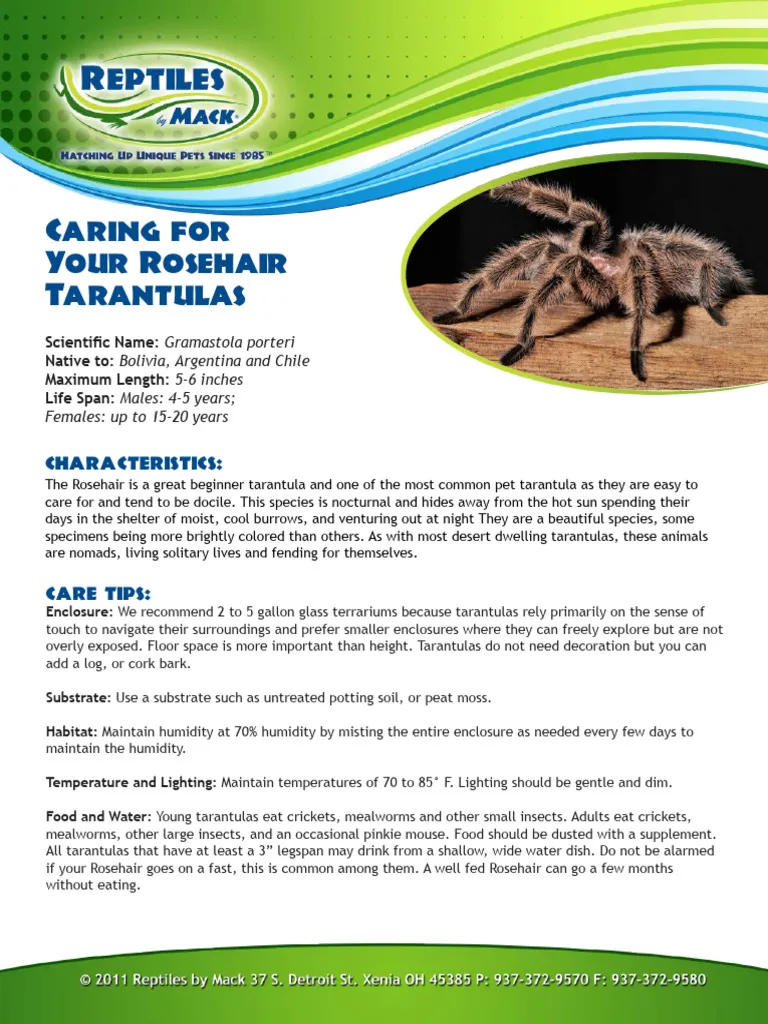
Water is vital for a tarantula’s survival. Always provide a shallow water dish filled with fresh, clean water. The water dish should be small enough that the tarantula cannot drown. Replace the water every few days to prevent bacterial growth. Some tarantula keepers also mist the enclosure, especially during molting, to maintain humidity. However, avoid over-misting, which can lead to the substrate becoming too wet and promote mold growth. Ensure proper ventilation to prevent humidity buildup. A constant supply of fresh water is essential for your tarantula’s health. Consider providing water crystals, which provide moisture without the risk of drowning or bacterial growth.
Handling and Safety Precautions
Handling tarantulas is generally not recommended. While some species are more docile, all tarantulas can bite if they feel threatened or startled. Tarantula bites, while rarely life-threatening, can be painful. Additionally, tarantulas can flick urticating hairs as a defense mechanism, which can cause skin irritation. For these reasons, handling should be kept to a minimum. If you do need to handle your tarantula, handle with extreme caution. Always wash your hands thoroughly before and after handling your tarantula. It’s also important to understand the risks involved before attempting to handle a tarantula. If you are not comfortable handling your tarantula, do not do so.
When and How to Handle Your Tarantula
If you choose to handle your tarantula, do so cautiously. Ensure the tarantula is calm and not agitated. Approach the tarantula slowly and gently. Use a soft, wide-brimmed brush to gently coax the tarantula onto your hand. Never grab the tarantula or make sudden movements. Keep your movements slow and deliberate. Handle the tarantula close to the ground to prevent a fall, and always supervise children when they are near your tarantula. Keep in mind that even the most docile tarantulas can bite or flick hairs if they feel threatened. Always avoid handling immediately after feeding or before molting, as they will likely be more defensive during those times. Understand that handling is stressful for the tarantula, so limit it.
Recognizing Signs of Stress or Illness
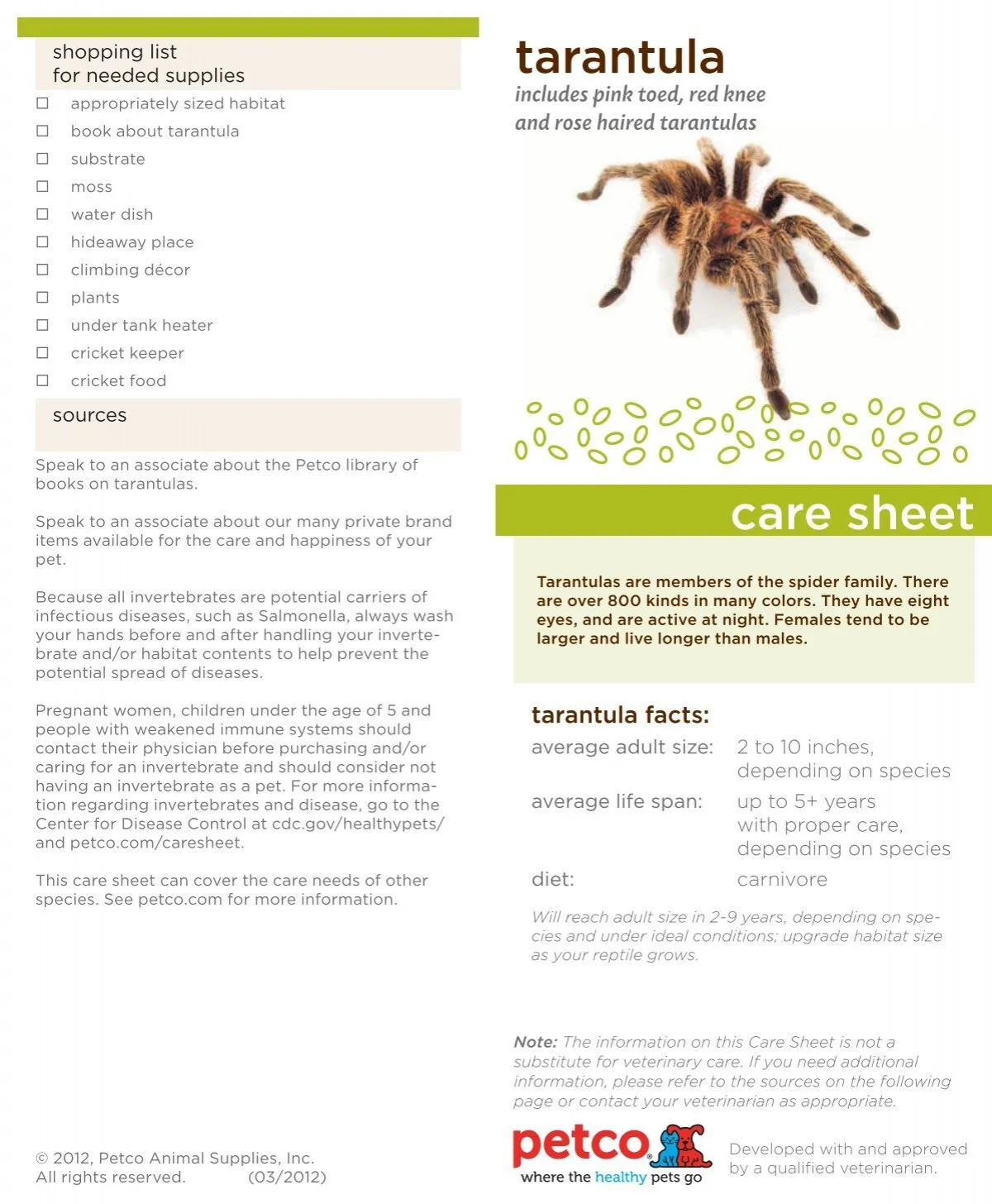
Tarantulas can experience stress or illness, so it’s important to be able to recognize the signs. Some common signs include loss of appetite, lethargy, and changes in behavior, such as refusing to eat. Other signs can include a shrunken abdomen (dehydration), twitching, or tremors. If you notice any of these signs, it’s essential to assess the situation. Review your tarantula’s environment and make sure that temperature and humidity levels are optimal. Check for any potential stressors, such as changes in the enclosure or other pets. If the symptoms persist, consult an experienced tarantula keeper or a veterinarian with experience in exotic animals. Early intervention can often improve the chances of a full recovery. A healthy tarantula will be active, alert, and have a plump abdomen.
Common Tarantula Health Issues
Several health issues can affect tarantulas. Some of the most common issues include parasites, fungal infections, and injuries. Parasites, such as mites, can infest the tarantula. These can often be controlled by improving enclosure hygiene and sometimes require treatment. Fungal infections can result from high humidity levels or unsanitary conditions. If the tarantula is injured, the wound can become infected. Always take steps to address potential problems immediately. Ensure that the enclosure is clean and that the substrate is appropriate for your tarantula’s needs. If you notice any signs of illness, such as lethargy, loss of appetite, or changes in behavior, consult an experienced keeper or veterinarian. Proper care and regular observation are crucial for preventing and treating these common issues. Be proactive.
Preventative Care and Routine Maintenance
Preventative care is the best way to ensure that your tarantula remains healthy. Regular maintenance and observation are essential. By following these care practices, you can provide your tarantula with the best possible environment and enhance the likelihood of a long and healthy life.
Cleaning and Maintaining the Enclosure
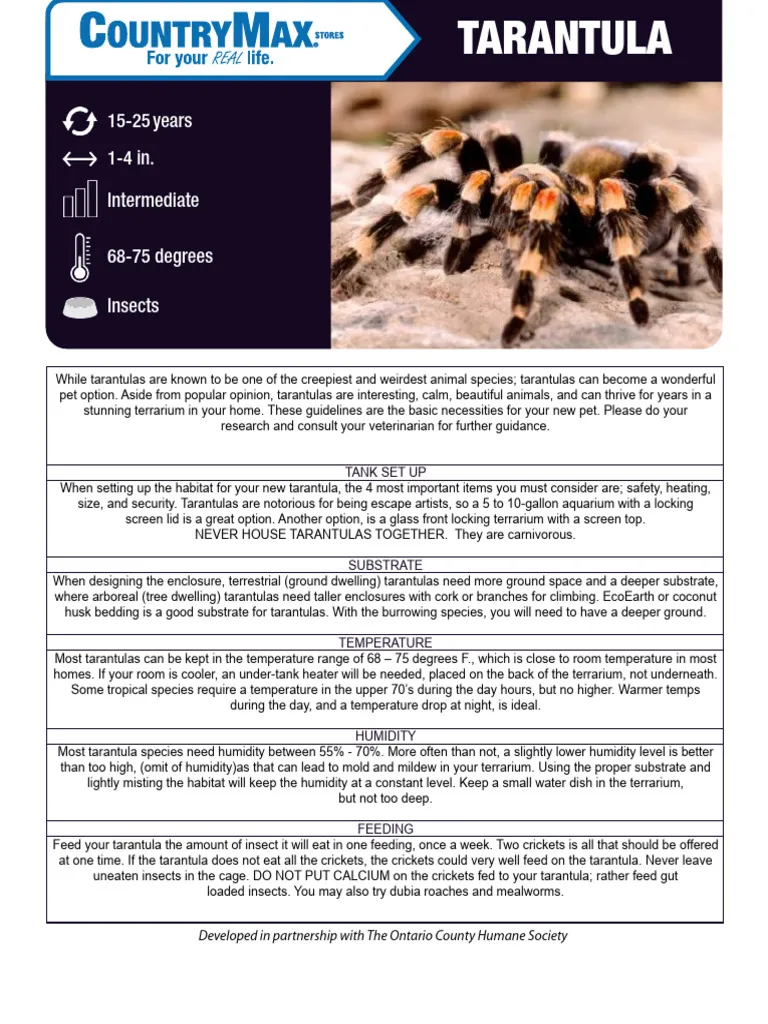
Regular cleaning and maintenance are crucial for preventing health problems. Remove any uneaten food and waste from the enclosure regularly. This prevents the buildup of bacteria and mold. Spot-clean the enclosure as needed, removing any soiled substrate or debris. The frequency of substrate replacement will depend on the type of substrate and the size of the enclosure. For most substrates, a full substrate change every six to twelve months is recommended. Clean the water dish and replace the water every few days. Thoroughly clean and disinfect the enclosure when you replace the substrate. Use reptile-safe disinfectants. Also, examine the enclosure for any signs of damage or wear and tear, and repair or replace any parts as needed.
Molting A Natural Process
Molting is a natural process in which tarantulas shed their exoskeletons to grow. It is a vulnerable time for the tarantula, and it is essential to provide proper care and support. Understanding the molting process is crucial to the overall care of the tarantula. The following sections describe what to expect during molting and how to support your tarantula through the process.
What to Expect During Molting
Before molting, the tarantula may stop eating and become less active. You may notice a darkening of the abdomen. The tarantula may also start to prepare its molting space by laying down silk. During the molt, the tarantula will lie on its back. The old exoskeleton will split, and the tarantula will wriggle out of it. This process can take anywhere from a few minutes to several hours. After molting, the tarantula’s new exoskeleton will be soft and vulnerable. The tarantula will not be able to eat for several days or weeks. During molting, do not disturb the tarantula. Provide a suitable environment, with the correct temperature and humidity levels. Do not feed the tarantula until its exoskeleton has hardened. It is a stressful event for the tarantula.
Supporting Your Tarantula Through Molting
During the molting process, it is important to provide a safe and stable environment for your tarantula. Maintain the correct temperature and humidity levels. Do not disturb the tarantula or its enclosure during molting. Avoid handling the tarantula until its new exoskeleton has fully hardened. Provide a shallow water dish to ensure the tarantula stays hydrated. After molting, do not feed the tarantula for at least a week to allow its new exoskeleton to harden. After the exoskeleton hardens, you can resume feeding. Monitor the tarantula for any signs of problems. Be patient and allow the tarantula to complete the molting process without interference. Molting is vital for growth, so don’t interfere unless absolutely necessary.
Final Thoughts on Tarantula Care
Caring for a tarantula can be a rewarding experience. By providing the proper environment, food, and care, you can ensure that your pet thrives. Always do thorough research and stay informed about the needs of your specific tarantula species. With patience, dedication, and a good understanding of your tarantula’s requirements, you can enjoy the fascinating world of these remarkable creatures. Remember that a healthy tarantula is a happy tarantula. If you have any questions or concerns, consult experienced keepers or veterinarians. Proper care will provide you with a great pet for many years.
